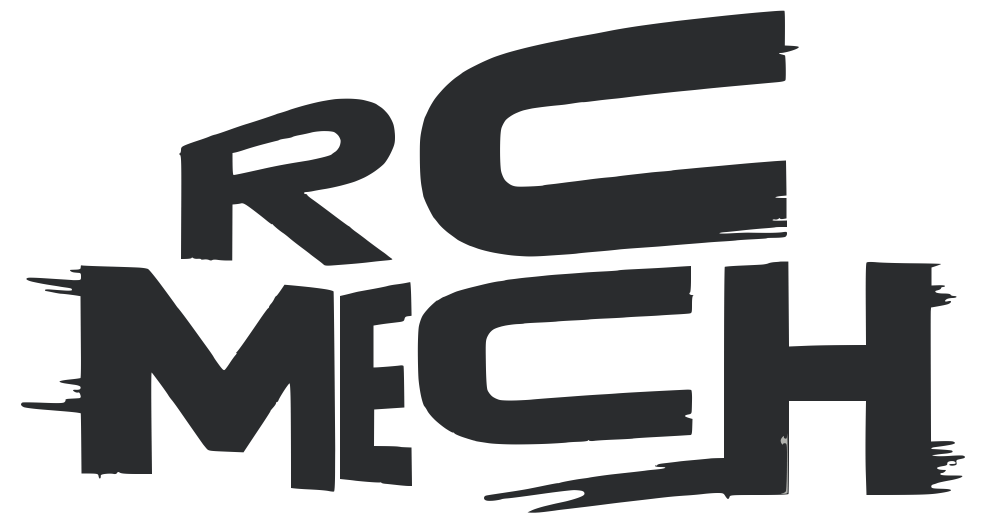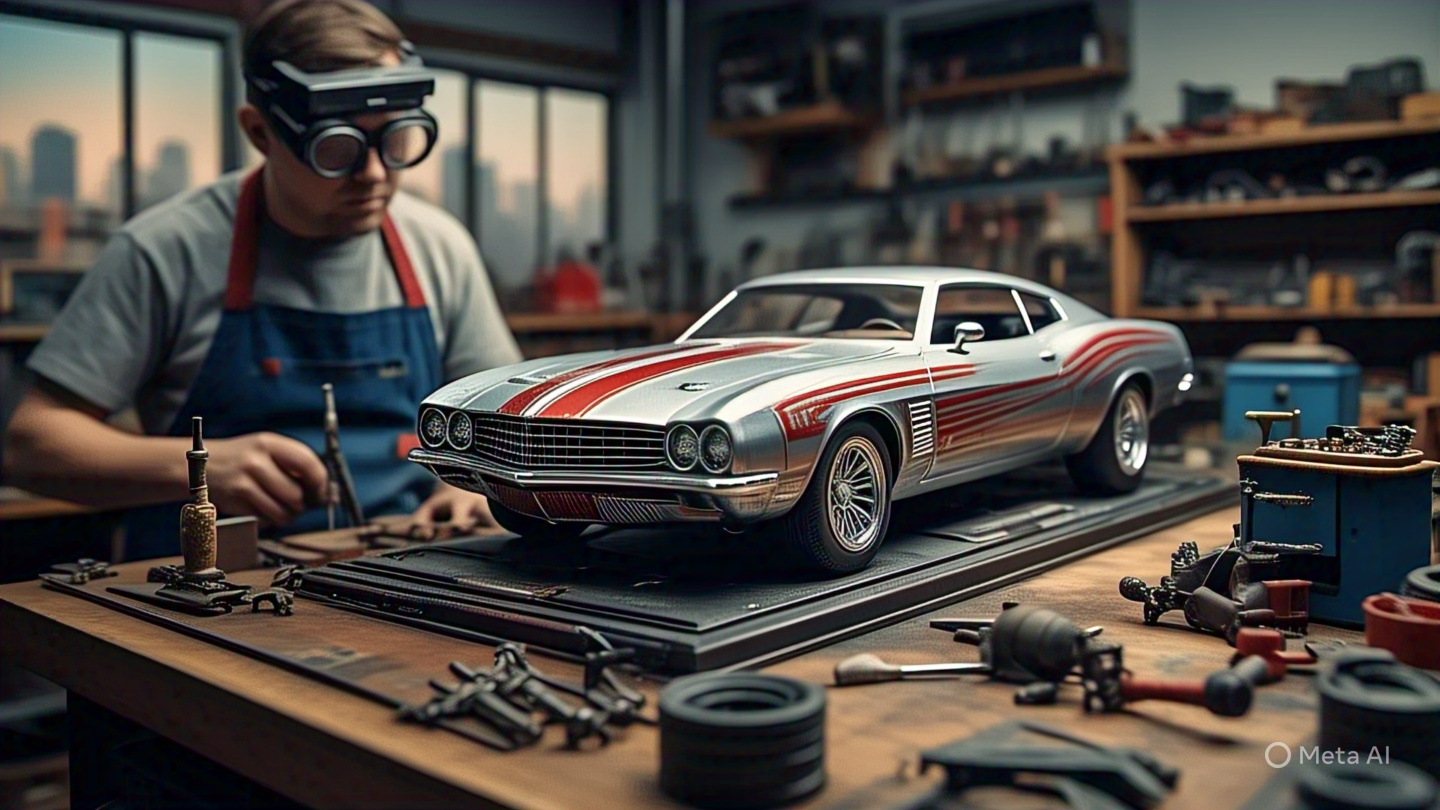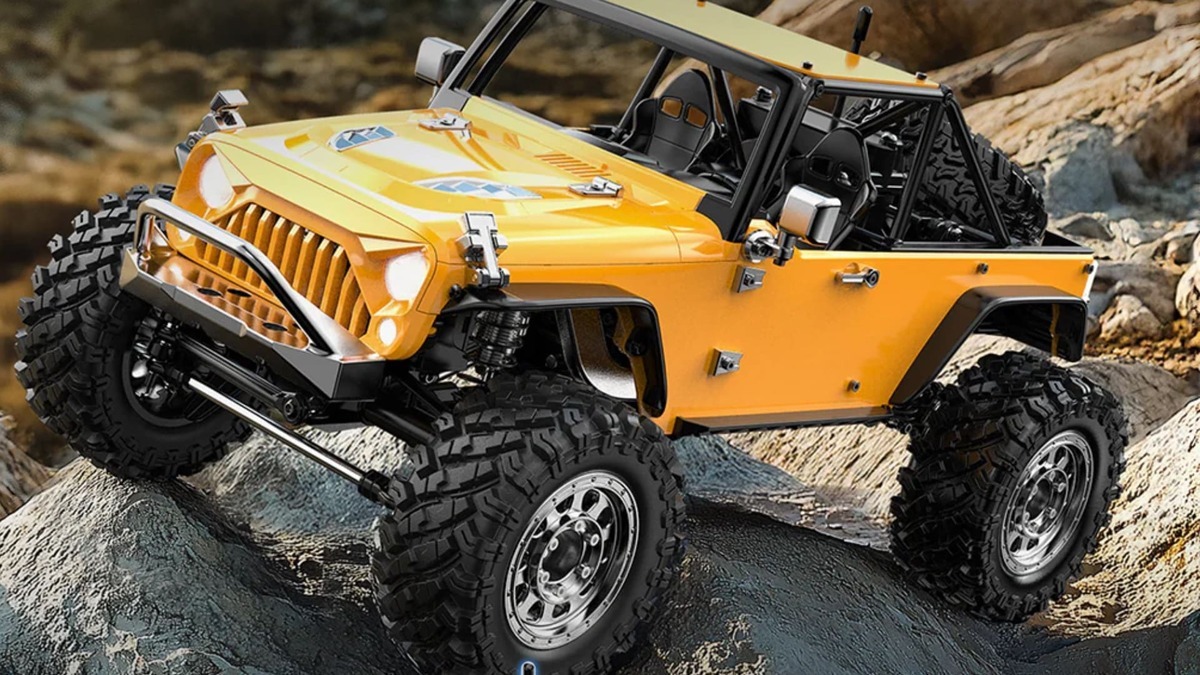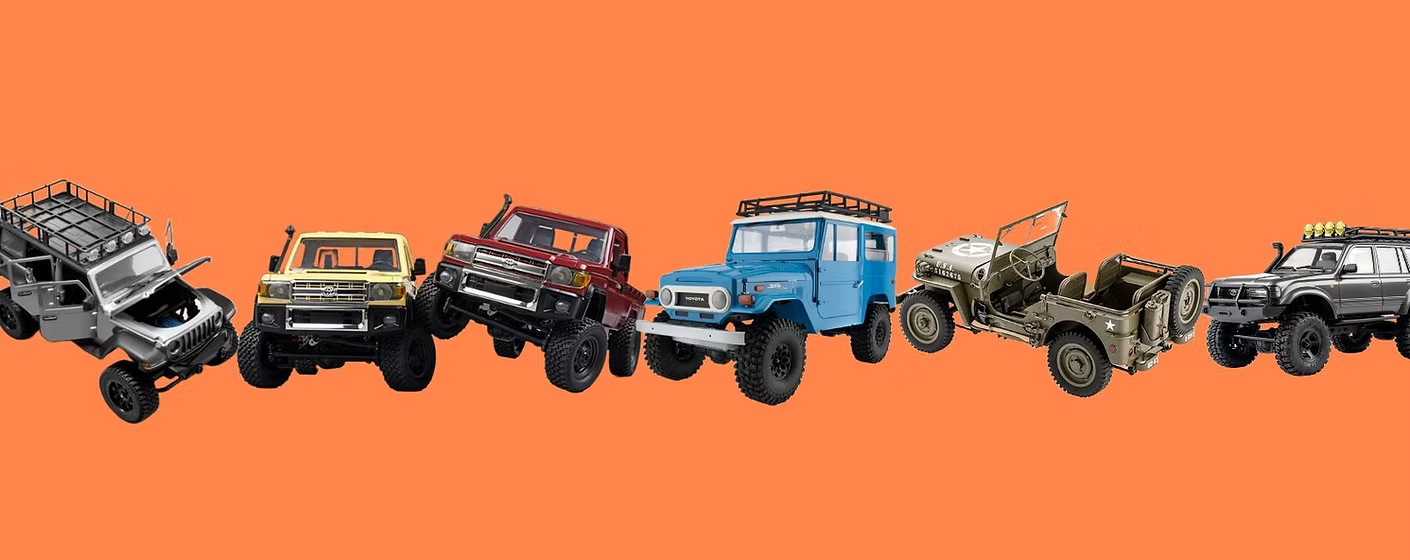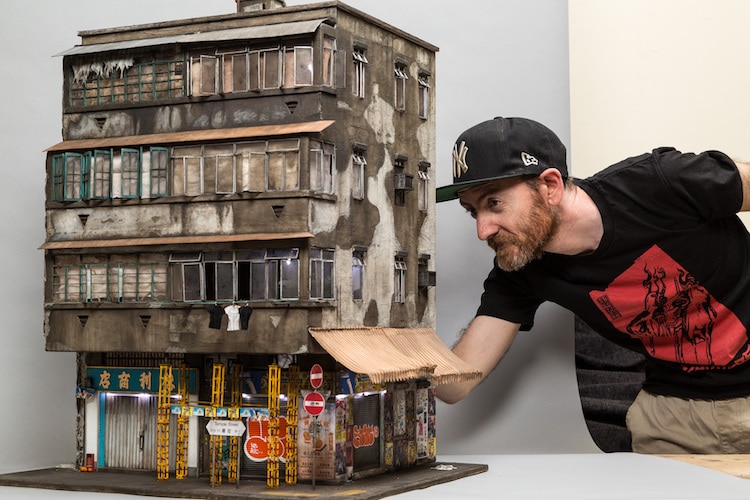Introduction to Diecast Car Customization
Diecast car customization is a captivating hobby that has gained considerable traction among enthusiasts worldwide. Collectors often seek to personalize their diecast models to reflect their individual style and creativity, leading to the emergence of unique, one-of-a-kind pieces. This process is not merely about changing the paint or applying decals; it encompasses a range of modifications that can significantly enhance the overall appearance and authenticity of the models.
The allure of customizing diecast cars lies in the satisfaction derived from transforming a mass-produced item into a personalized masterpiece. Each modification, whether it be a new paint job, intricate decals, or various physical enhancements, provides an opportunity for the creator to express their artistic vision. This customization journey appeals to both beginners and seasoned collectors who appreciate the rich potential for creativity and self-expression that diecast models offer.
To embark on this thrilling venture, enthusiasts should familiarize themselves with a selection of essential tools and techniques. Basic tools typically include craft knives, paintbrushes, airbrushes, and various types of paints, while advanced customization may require equipment such as decals, custom wheels, or even 3D printed parts. Mastery of these tools, along with an understanding of techniques like painting and weathering, will empower collectors to take their skills to the next level.
Regardless of skill level, the community surrounding diecast car customization is welcoming and enthusiastic, offering a wealth of resources and knowledge. Online forums, tutorials, and workshops can provide invaluable support, insight, and inspiration. As collectors dive into this hobby, they not only enhance their own collections but also engage with fellow enthusiasts, fostering a sense of camaraderie and shared passion for the art of customization.
Choosing the Right Diecast Car for Customization
Selecting the ideal diecast car for customization is a crucial first step for hobbyists. A carefully chosen model can serve as the perfect canvas for creativity and personalization. When considering a diecast car for customization, several factors come into play, including scale, brand, and general condition of the model. These elements can significantly influence not only the process of customization but also the end result.
The scale of a diecast car is an essential consideration. Common scales include 1:18, 1:24, and 1:64, with each offering its advantages. Larger scales tend to provide more detail and space for modifications, whereas smaller scales, such as 1:64, allow for easier storage and collection. Depending on personal preference and intended modifications, choosing the appropriate scale is fundamental for achieving satisfying results.
Brand selection also plays a significant role in the customization process. Popular manufacturers like Hot Wheels, Matchbox, and Maisto are favored among hobbyists due to the quality of their models and the availability of aftermarket parts. Additionally, certain brands offer more diverse licensing options, enabling enthusiasts to pursue their passion with a broader range of automobiles, be they classic, modern, or unique vehicles.
Assessing the condition of the diecast model is equally important. Models in pristine condition may require fewer repairs and adjustments, allowing for immediate customization. Alternatively, a model with some wear and tear could provide a unique starting point for a restoration project, appealing to those who appreciate the art of modification and repair. Therefore, it is critical to examine the model thoroughly for any potential issues before embarking on a customization journey.
Budget considerations also influence the selection of diecast cars for customization. Balancing the desire for unique features with financial constraints ensures that hobbyists can engage in meaningful projects without overspending. Researching various options, visiting local hobby shops, and checking out online marketplaces can provide a wealth of choices while maintaining budgetary limits. Ultimately, selecting the right diecast car for customization requires careful consideration of these key factors, leading to more rewarding and memorable projects.
Essential Tools and Materials for Customization
Customizing diecast cars requires a specific set of tools and materials to ensure high-quality results. The foundation of any customization project begins with paints that are specifically formulated for model surfaces. Acrylic paints are often preferred due to their easy application and quick drying time. Additionally, enamel paints provide a glossy finish and are widely used by professionals. When selecting paints, it is essential to choose those suitable for plastic surfaces to prevent damage to your diecast cars.
Brushes and airbrushes play a crucial role in applying paint evenly. A range of sizes is recommended, from larger brushes for covering extensive areas to finer brushes for detailed work. Airbrushes offer the advantage of achieving a smooth, even coat with minimal paint waste. Beginners should consider starter airbrush kits, which typically include all necessary components and beginner-friendly instructions.
In addition to paints and brushes, sculpting tools are essential for making modifications or repairs. These tools allow enthusiasts to shape, carve, or smooth surfaces for more precise customization. Tools like craft knives, files, and sculpting putty help create intricate designs and modifications seamlessly. Adhesives are also critical, as they bond parts and decals securely. A high-quality cyanoacrylate (super glue) or model-specific adhesive should be on hand for various applications.
When sourcing these supplies, local hobby shops can often provide personalized advice and a hands-on experience. Alternatively, numerous online retailers specialize in model-building materials, offering a broader selection. It is advisable to read customer reviews and feedback to ensure quality when shopping online. Selecting the right tools and materials is vital for achieving the best results in your diecast car customization projects.
Techniques for Painting Diecast Cars
Customizing diecast cars through painting is a rewarding process that enhances their aesthetic appeal. Successful customization begins with adequate preparation, which includes thorough cleaning of the diecast surface to remove any dust, grease, or previous paint. This ensures that the new paint adheres appropriately. Following this, applying a primer is crucial, as it helps the base coat stick better and creates an even surface. The choice of primer should complement the specific paint you plan to use.
When it comes to selecting paints for diecast models, hobbyists typically opt for acrylic or enamel paints, as these provide good coverage and durability. Acrylics are water-based, making them easy to clean up and fast-drying, whereas enamels offer a glossy finish that is especially appealing. The color choice is vital; a base coat often dictates the overall appearance, so it is advisable to choose colors that blend well with intended secondary layers.
Application methods vary, and each comes with its advantages. A brush allows for more precision during detailed work, while an airbrush produces smoother finishes and is effective for larger areas. For best results, it is recommended to use thin layers, whether spraying or brushing, as this helps to avoid runs and uneven texture. Allow adequate drying time between layers; this will permit optimal adhesion and reduce the risk of paint peeling.
Layering is key to achieving a unique finish. Mixing different paint colors can create custom shades tailored to individual preferences. However, it is essential to maintain color consistency by thoroughly mixing paint before application. Finally, protect the completed paint job with a clear topcoat to seal in the colors and provide extra durability against nicks and scratches.
Applying Decals and Graphic Designs
Adding decals and graphic designs to diecast cars can significantly enhance their visual appeal and individuality. The first step is sourcing or creating custom decals. There are several avenues for obtaining decals, including purchasing them from specialized retailers or online platforms that cater to diecast enthusiasts. Alternatively, for those inclined towards DIY projects, printable options are readily available. You can create your own designs using graphic design software, ensuring you utilize high-resolution images to maintain clarity and detail when printed.
Once you have your decals ready, the application process is crucial to avoid common pitfalls, particularly air bubbles. To apply the decal effectively, begin by preparing the surface of the diecast car. Ensure it is clean and free from dust, oil, or any contaminants that could hinder adhesion. Using a spray bottle filled with water, mist the area where the decal will be placed. This allows for repositioning the decal during application, which is essential for achieving precise alignment without trapping air bubbles.
Carefully position the decal on the wet surface, and utilize a soft squeegee or a credit card to gently push out air bubbles. Start from the center and move outward to ensure that air escapes effectively. While doing this, be cautious not to damage the decal. After applying the decals, allow them to dry completely before proceeding to the sealing phase. Sealing your design is vital, as it protects the decals from wear and tear and preserves the overall finish of the diecast car. Clear acrylic spray or specialized decal sealants can be used to create a protective layer, ensuring that your customized diecast car remains vibrant and appealing over time.
Modifications and Upgrades for Enhanced Realism
When it comes to customizing diecast cars, modifications and upgrades play a significant role in enhancing their realism and overall appeal. By incorporating physical alterations, hobbyists can transform a standard model into a personalized work of art. One of the primary modifications enthusiasts consider is the installation of custom wheels. Upgrading to high-quality aftermarket wheels not only improves the aesthetic but can also positively affect the car’s posture, making it look more dynamic and lifelike.
Adjusting the body shape of the diecast model is another method by which collectors can enhance realism. This may involve sanding down sections for a more accurate representation or adding contours to replicate specific features found in the original vehicle. A more intricate modification could include integrating working features, such as functional headlights or working doors, which significantly elevate the model’s realism and functionality. These enhancements provide an interactive element that can captivate both collectors and casual observers alike.
Safety plays a vital role in the customization process. When disassembling diecast cars for modifications, it is essential to do so carefully. Using high-quality tools, like a precision screwdriver set, can help prevent scratches or damage to the intricate components of the model. Additionally, when it comes to compatible aftermarket parts, research is crucial. Many suppliers offer components made specifically for various diecast models. Checking compatibility will save time and ensure that the upgrades fit seamlessly with the existing structure, avoiding the risks of poor-fitting parts that might affect the overall look.
Incorporating thoughtful modifications and selecting appropriate aftermarket components can enable collectors to create diecast cars that reflect their personal style and bring a sense of realism to life. Whether it’s through wheel upgrades or body adjustments, customization stands as a rewarding facet of the diecast hobby.
Finishing Touches: Clear Coats and Weathering Effects
To achieve a polished and professional finish on custom diecast cars, the final touches are crucial. Applying a clear coat serves not only as a protective layer for the underlying paint and decals but also enhances the overall appearance of the model. Clear coats come in various finishes, including glossy, satin, and matte. Selecting the right finish will depend on the intended look of the diecast vehicle; for instance, a glossy clear coat may work well for a race car, while a matte finish could suit vintage models. It is advisable to apply the clear coat in thin, even layers to avoid any unsightly drips or runs.
Once the clear coat has dried, modelers can turn their attention to creating weathering effects, which add realism to the diecast cars. Weathering techniques simulate the effects of age and use, bringing depth and character to the model. One common method is dry brushing, where a small amount of light-colored paint is applied to a dry brush and then lightly swept across raised surfaces. This technique effectively highlights details such as panel lines and rivets, providing a three-dimensional appearance to the car.
Additionally, washes can be utilized to achieve more intricate weathering. By diluting paint with a medium, enthusiasts can create a wash that accentuates recesses and crevices, making them appear more defined. This method is particularly effective on detailed parts of the vehicle, such as the undercarriage and wheel wells. The combination of clear coats and weathering effects ensures not only the preservation of the customized finishes but also an embodiment of realism that captivates viewers, ultimately resulting in an impressive diecast car that stands out in any collection.
Showcasing Your Customized Diecast Collection
Displaying your customized diecast cars not only conveys your dedication as a hobbyist but also allows you to share your creative expression with others. There are several effective ways to arrange and showcase your collection, each catering to different aesthetic preferences and display spaces. A simple yet elegant approach is to use floating shelves. These shelves can be mounted on walls, providing an unobtrusive means to display your models without occupying precious floor space. Additionally, this method allows for easy rearrangement to keep your exhibition fresh and engaging.
For those looking for a more immersive experience, consider creating custom dioramas. A diorama can transport viewers into the world of your diecast cars, presenting them in themed settings that enhance their visual appeal. For example, a racing diorama could include miniature spectators, track scenes, and even accessories like tire stacks or pit crew figures. Crafting such displays allows for greater storytelling, giving context to your personalized modifications and paint jobs.
Arranging your cars can significantly impact their overall presentation. It is advisable to vary the heights and orientations of the models to create a dynamic display. Positioning larger vehicles at the back and smaller ones in the foreground can guide the viewer’s eye and maintain visual interest. Additionally, proper lighting is crucial; consider using spotlights or LED strips to highlight specific models while ensuring that reflections do not obscure details.
Finally, for enthusiasts eager to share their collections online, photography plays a pivotal role. Utilize a clean background to focus attention on your customs, and explore different angles to showcase intricate details. Sharing high-quality photos on platforms like Instagram or dedicated diecast forums lets you connect with fellow enthusiasts and inspires others in their customization journey. By carefully displaying and documenting your customized diecast cars, you can foster a vibrant community that celebrates this unique art form.
Joining the Diecast Customization Community
Connecting with fellow diecast car enthusiasts can greatly enhance your customization experience. Engaging with the diecast customization community opens up avenues for knowledge sharing, skill development, and friendship. There are various platforms where customizers congregate, including online forums, social media groups, and local clubs. Each platform offers unique benefits that can cater to both novice and seasoned customizers alike.
Online forums, such as DiecastCollectors.com or dedicated Reddit threads, are treasure troves of information regarding techniques, paint types, and tools. Here, you can post questions, share your latest projects, and receive constructive feedback from experienced modifiers. Additionally, social media platforms like Facebook and Instagram have numerous groups dedicated to diecast customization. These groups enable you to share images of your work, exchange ideas, and learn from others as you immerse yourself in this engaging craft.
For those who prefer face-to-face interactions, local clubs can provide a nurturing environment for crafting your skills; many of these clubs hold regular meetings where members discuss techniques, showcase their latest projects, and even organize workshops. Such gatherings can foster significant relationships that might lead to collaborative projects or competitions.
Participating in contests and events is another excellent way to make your mark within the diecast community. Many online platforms and local clubs host competitions where you can showcase your customized diecast cars. These events not only provide an opportunity to receive recognition for your hard work but also allow for networking with fellow enthusiasts. In doing so, you may discover new techniques, refine your skills, and gain inspiration from others’ creativity.
Ultimately, immersing yourself in the diecast customization community enhances your journey as a customizer. Sharing insights, participating in competitions, and collaborating with others can lead to an enriching experience that not only hones your skills but also builds lasting connections.
